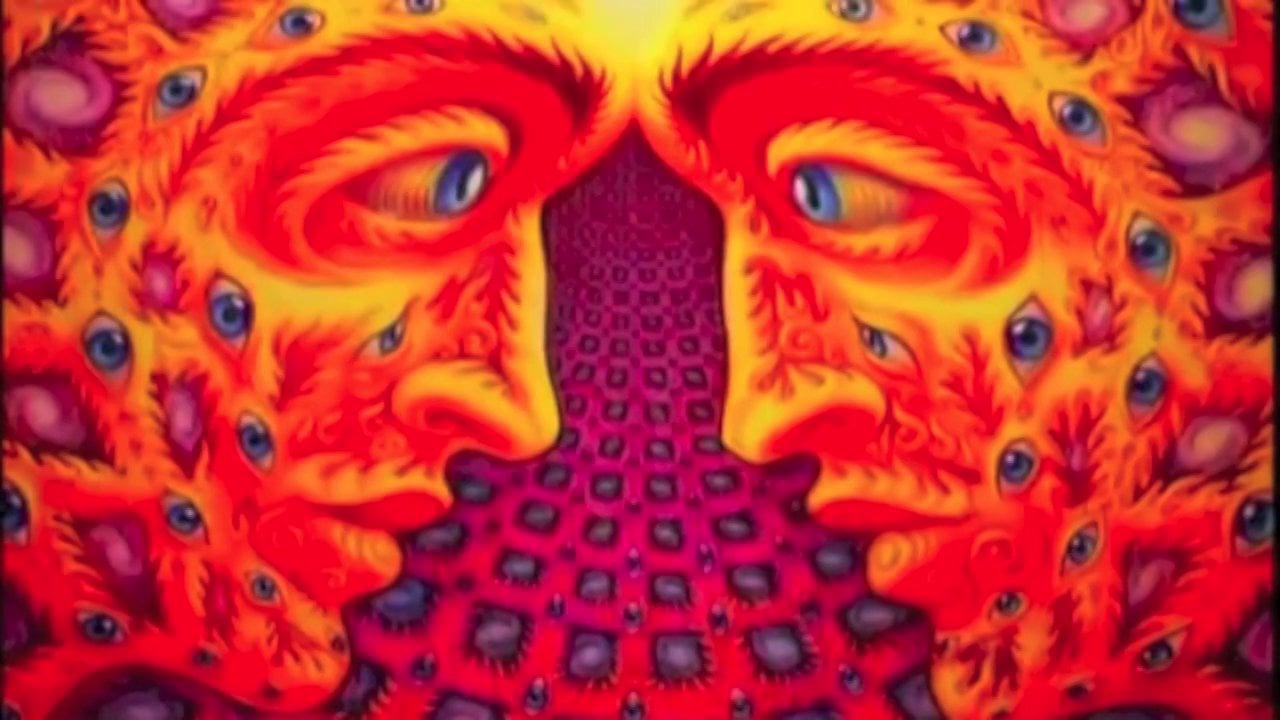A psychedelic drug is any drug that causes hallucinations or perceptual anomalies by flooding serotonin receptors in the brain. Fossils dating back 10,000 years show that early humans have used psychoactive drugs during religious rituals. Some Native Americans would also use psychedelic drugs.
With the rise of the church came the prohibition of psychedelics. During the mid-1900s great minds were experimenting with psychedelics which at the time were mostly raw plants and gases. Philosopher William James claimed that nitrous oxide helped him understand Hegel, a philosopher concerned with consciousness and subconsciousness.
Chemist Albert Hofmann discovered LSD while looking for a cure for psychosis. LSD, unbeknownst to Hofmann, touched his skin in the lab. While he was riding his bike home, he began to trip seeing vivid hallucinations of geometric shapes. Suddenly a powerful spiritual feeling came over Hofmann. Later, he was found in a tree.
Writer Aldous Huxley claimed that psychedelics opened up a door of perception. Opening up these doors will allow us to view our subconscious. By the 1950s medical professionals were testing the potential medical benefits of psychedelics. Due to the mind-altering property of psychedelics many psychiatrist and medical professionals began testing on people. After the test subjects revealed to the public what they had been taking, the drug culture of the 1960s was born.
After this explosion of interest in psychedelics, many studies have been done exploring the positive and negative aspects of using psychedelic drugs. Ultimately, these studies have demonstrated many benefits of experimenting with psychedelic drugs.
Recent studies consistently reveal new and exciting effects of taking psychedelics. A study at the University of Alabama Birmingham School of Public Health found that people who have used a classical psychedelic drug, such as peyote, or psychedelic mushrooms, had a decreased desire to commit suicide after taking the drug. Studies have also shown that LSD helps people suffering from neurosis come to terms with subconscious issues that they might not have previously understood.
This was initially discovered in the 1950s, when Abram Hoffer, an experimental psychiatrist from Canada gave LSD to patients suffering from chronic alcoholism, who were unresponsive to traditional methods.
During his experiment, Hoff was able to get a consistent rate of improvement or recovery, demonstrating that LSD helps people recovering from alcoholism. Psychedelics are also proven to help people suffering from chronic pain.
When LSD is administered to people suffering from chronic pain, their outlook on life and their mood improves. Because psychedelics give the user a new perspective on life, levels of creativity also increase. Finally, and perhaps most importantly, studies on the lasting effects of psychedelics show no lasting mental health problems for users.
However, when discussing psychedelics, it is important to note the potentially negative aspects of these drugs. The most common issue that arises during psychedelic use are bad trips. Sometimes, and without forewarning, a user may experience frightening visual hallucinations or anxiety. Often, a bad trip can be more introspective than visual. Some users report realizing that everything they see is fake while others realize something deep about themselves.
There have also been horror stories of people injuring themselves while under the influence. George Harrison of The Beatles allegedly tried breaking a window to jump out while taking LSD for the first time. Newspapers in the 1960s reported that people taking LSD would eat their own children or jump out of windows believing they could fly. However, these stories were proven to be made up.
The most compelling reason to not take psychedelics is what happens immediately after coming down from a trip. Many users report feelings of depression after tripping. Because receptors are flooded with serotonin, and then suddenly are reduced, feelings of depression may be experienced. A person already prone to depression may experience worsened feelings after using psychedelics.
After considering all of the available research, college students should be taking psychedelics. Because of the pervasive binge drinking culture on campuses, it is no surprise that a reported 31 percent of college students met criteria for alcoholism. Hoff’s study in the 1950s shows that psychedelics have the potential to help people recover from alcoholism with no lasting mental health issues.
In the future, college students may be taking psychedelics instead of drinking. Instead of college kids getting drunk and vandalizing the campus or assaulting each other, they can sit back and trip. Down the road, college students will end up drinking less and run into less problems down the road that result from college age alcoholism.
Another pervading issue is the mental health crisis on college campuses. A reported one in four college students suffer from depression or other mental illness. 44 percent of college students report having symptoms of depression. Though there is no known cure for depression, LSD and other psychedelics have been proven to relieve this mental health issue.
Ultimately, college is about learning who you are, and psychedelics do just that. Psychedelics do not only cause visual hallucinations, but also hallucinations of thought. These hallucinations are a catalyst for different outlooks and perspectives on life. Of course, do not take psychedelics if you do not believe you are ready. They are not for everybody.
But when you do take psychedelics (I personally believe everyone should), choose a safe environment with people you trust, and get ready to turn on, tune in, and drop out.
